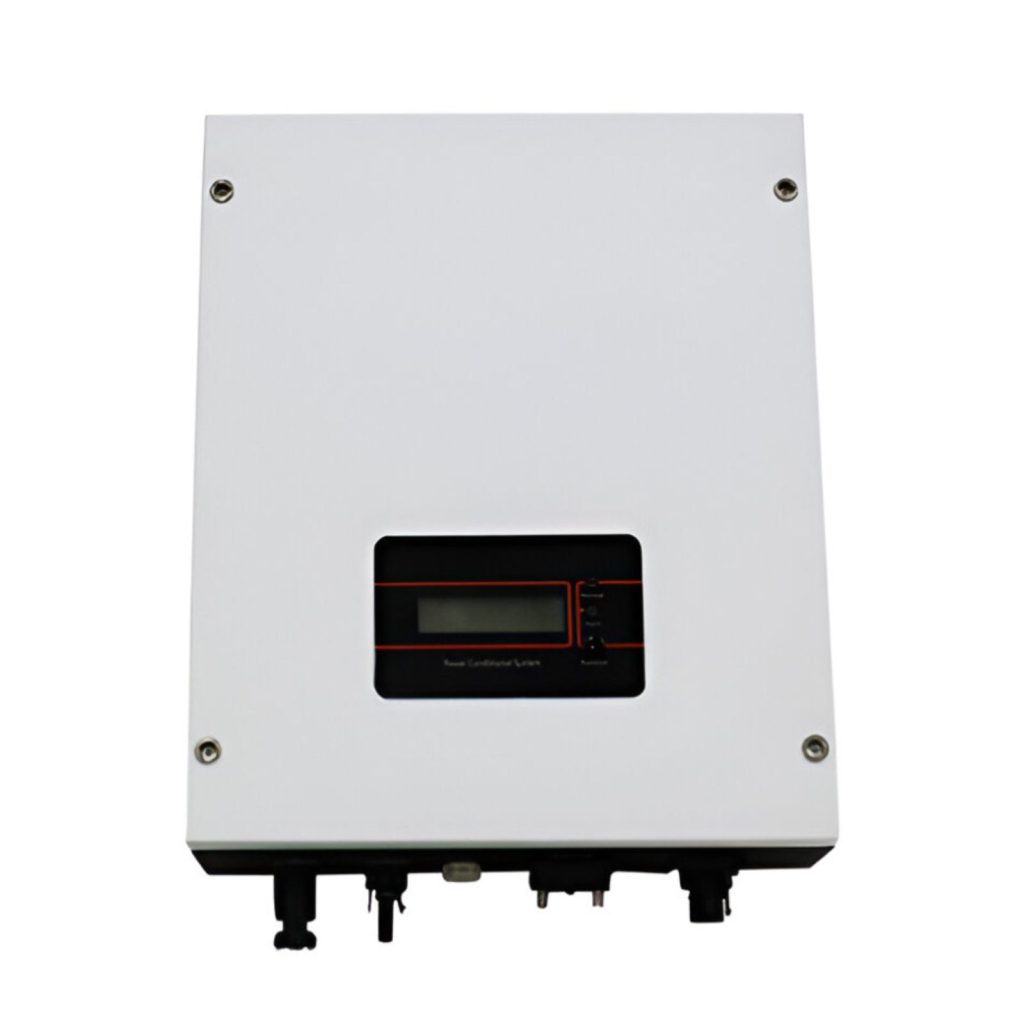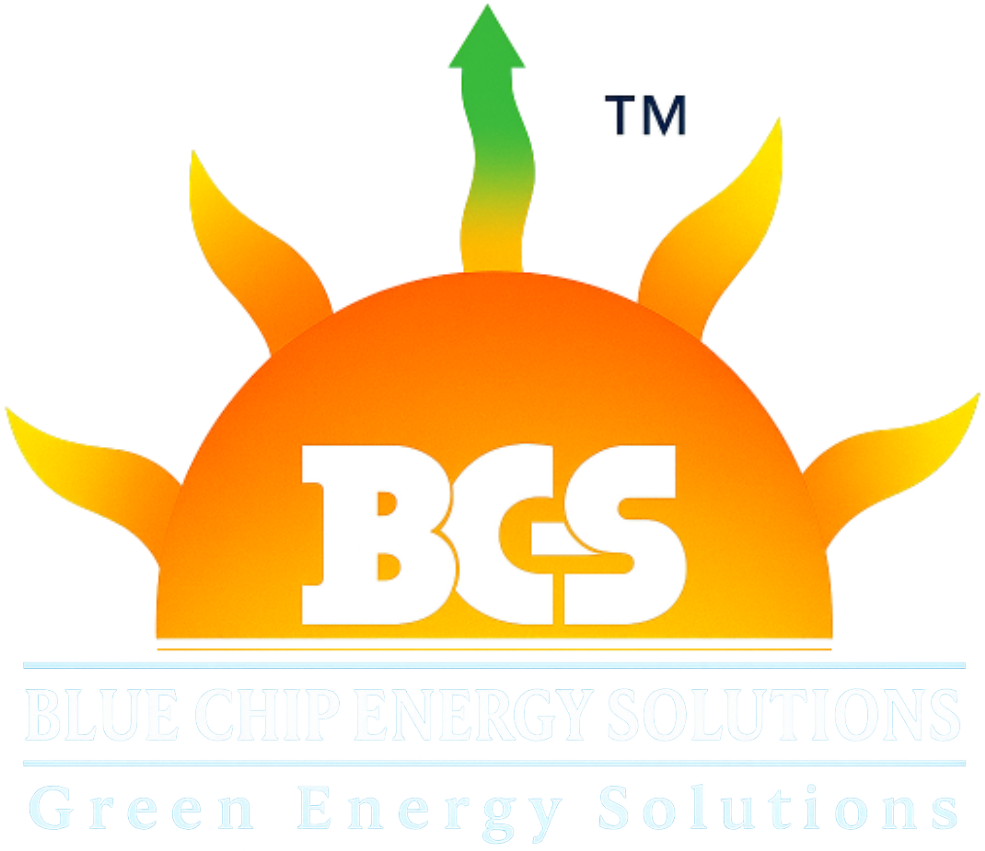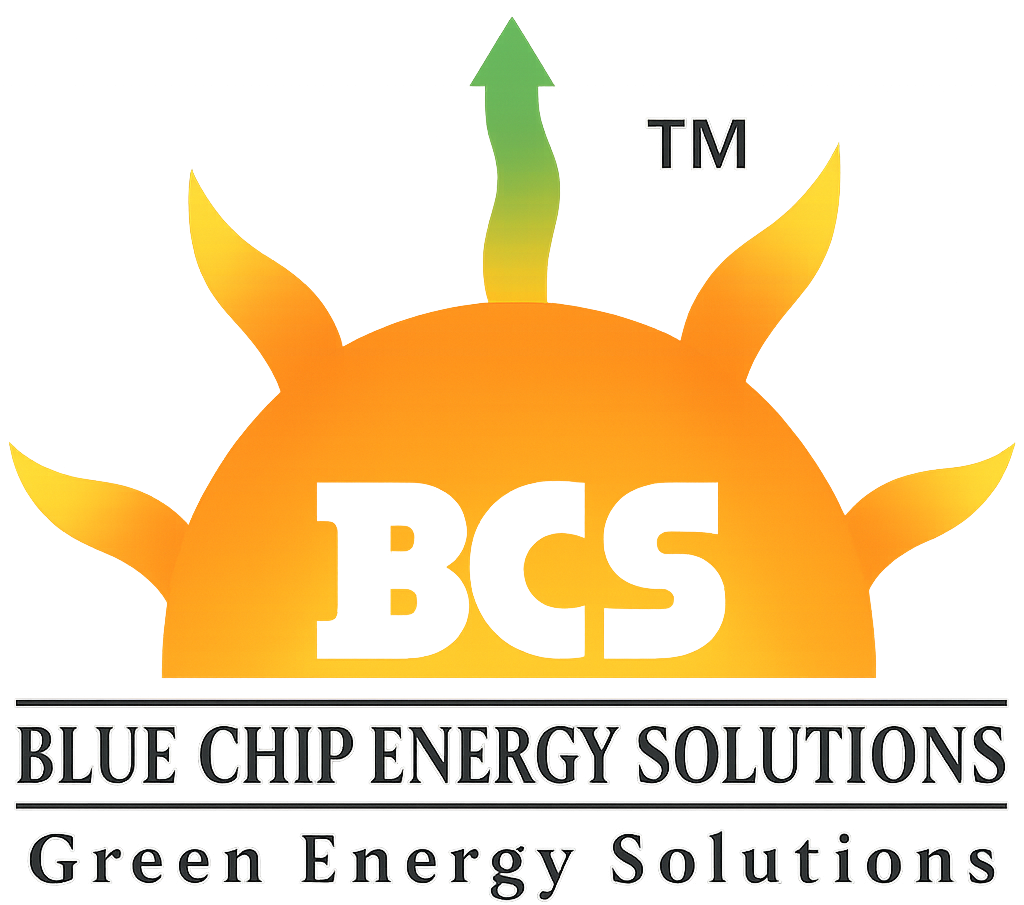solar grid tie inverters
A Concise Overview
Solar grid tie inverters are essential components of solar power systems, converting the DC electricity from solar panels into AC electricity for use in homes and businesses. Crucially, these inverters synchronize with the local utility grid, enabling any extra solar energy generated to be exported back into the grid.
How They Work
Grid tie inverters ensure that the power from solar panels matches the grid’s voltage and frequency. If the system produces more electricity than is consumed on-site, the surplus flows to the grid. When solar output is insufficient, the building simply draws power from the grid, ensuring a steady supply.

Electricity Bill Savings
A major advantage of grid tie inverters is their role in reducing electricity costs. Through net metering, users receive credits for surplus energy sent to the grid, effectively lowering their bills. This means:
- Less reliance on grid electricity, especially during the day
- Potential bill credits for excess solar power
- Long-term financial savings as energy costs decrease
Environmental Health Impact
By promoting the use of solar energy, grid tie inverters help reduce greenhouse gas emissions and air pollutants associated with fossil fuels. Their widespread adoption supports cleaner air, a healthier environment, and a shift toward more sustainable energy sources.
In summary, solar grid tie inverters make solar energy practical and financially rewarding, all while benefiting the planet by supporting the transition to renewable energy.

